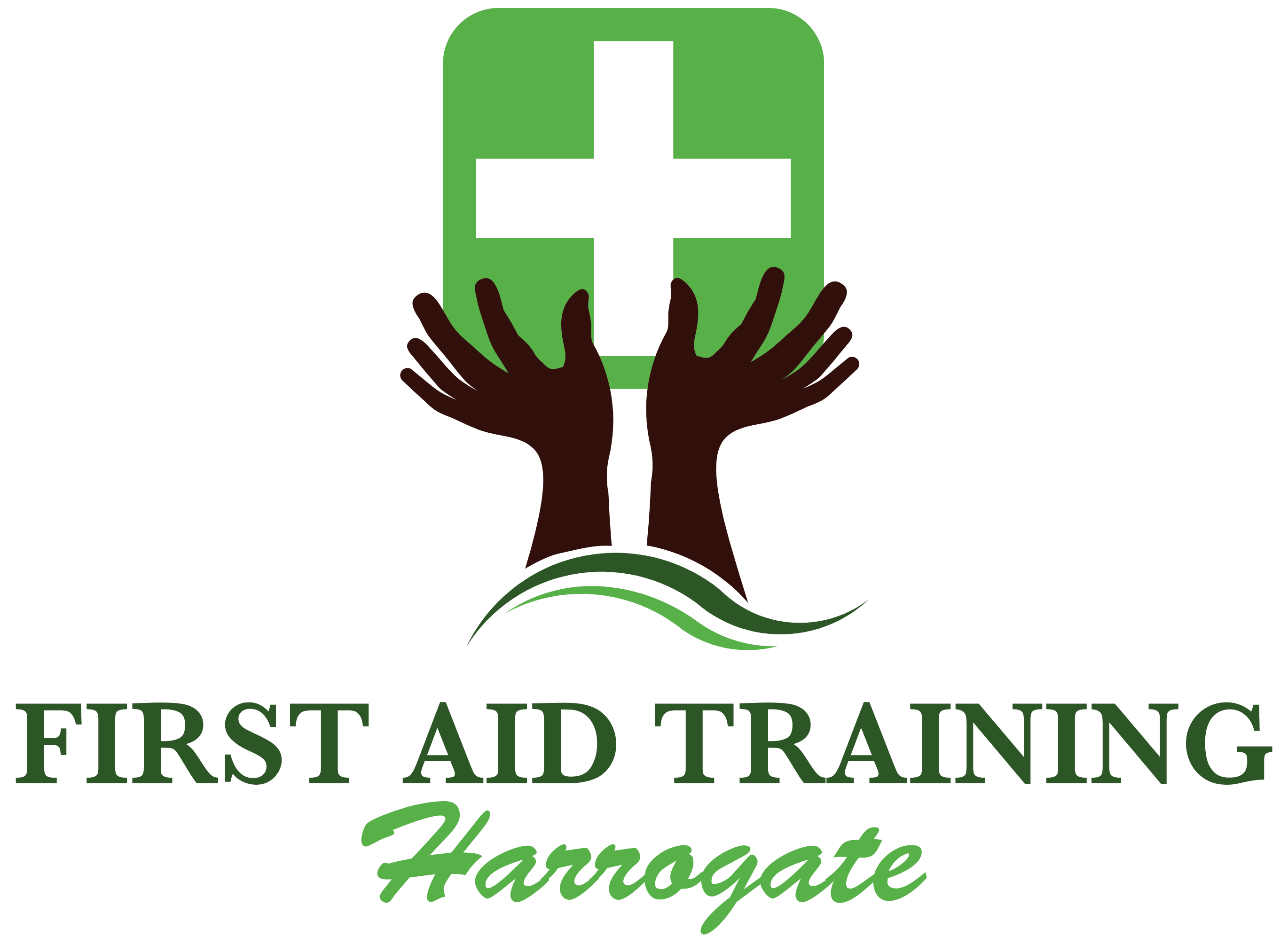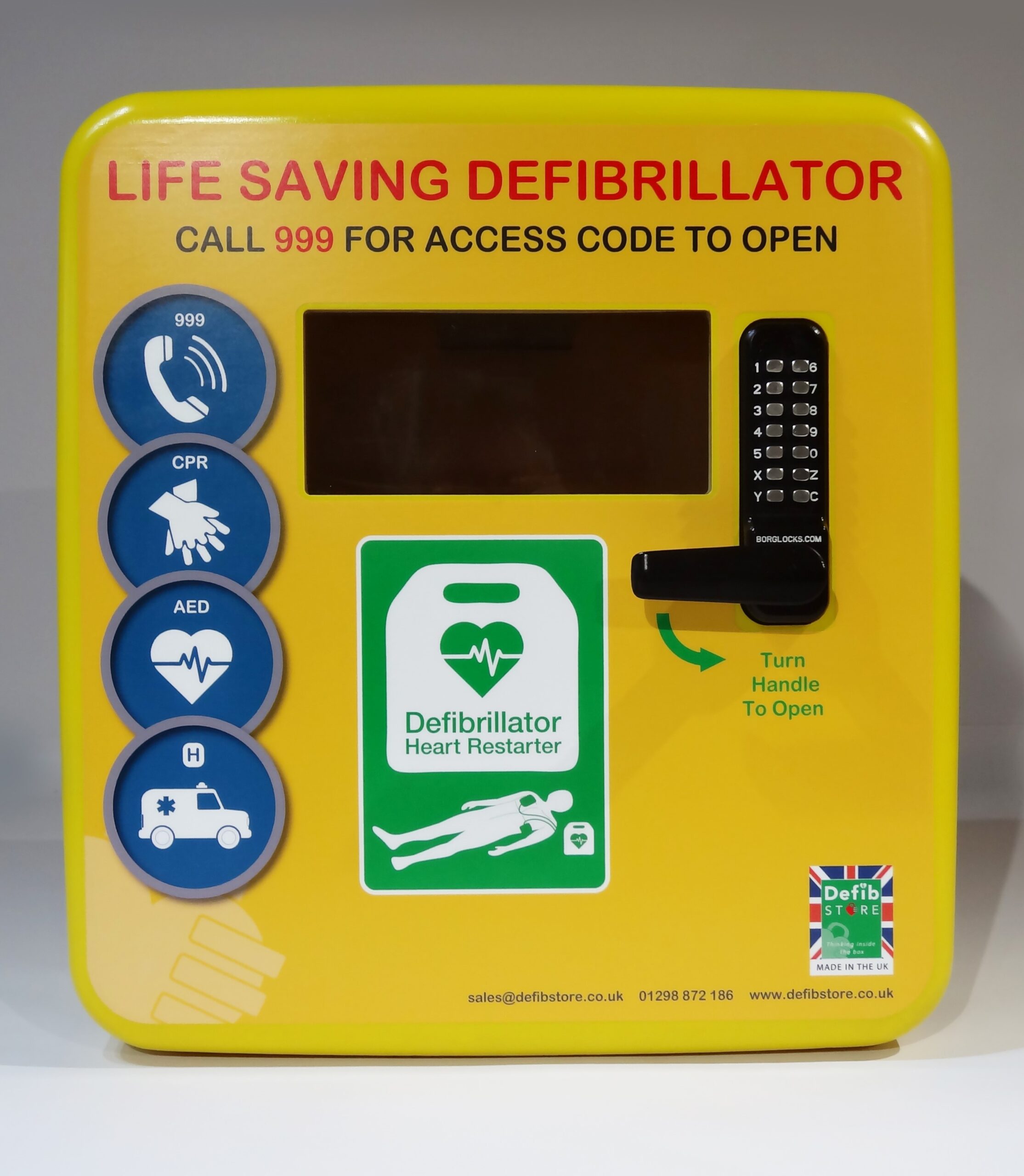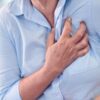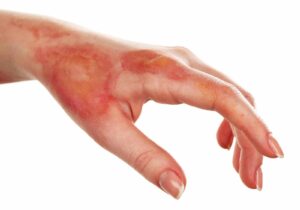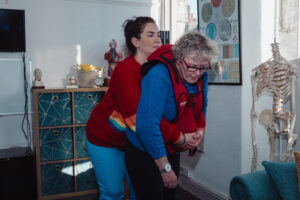In the UK there are over 30,000 cardiac arrests (taken from the British Heart Foundation creating a national of lifesavers) a year outside of hospital- in homes and in communities- where the emergency services attempt resuscitation. However, the survival rate is dismal, less than one in ten victims of cardiac arrest survive to be discharged from hospital. Every minute counts when someone has had a cardiac arrest.
Bystander invention is low standing at 39% of cases and Defibrillators are used in 6% of cases. AED defibrillators shocks are only delivered in 2% of cases.
Background
What is cardiac arrest?
In a cardiac arrest, a person’s heart goes into a life threatening rhythm and stops pumping blood around the body and to their brain. It causes the person to fall unconscious and stop breathing.
A heart attack is the most common cause of cardiac arrest, but not everyone who has a heart attack will have cardiac arrest (see below for further details of the signs and symptoms of a heart attack). There are several other potential causes of cardiac arrest, including other heart problems, severe bleeding, choking or electrocution.
Many people can find it confusing knowing the difference between a heart attack and cardiac arrest.
What is a heart attack?
A heart attack is a serious condition where the supply of blood to the heart is suddenly blocked. Symptoms of a heart attack include chest pain, shortness of breath, dizziness and sweating, although some people have mistaken the symptoms of a heart attack for a bout of indigestion.
The main cause of a heart attack is the blood vessels leading to the heart have become blocked. The blockage is most often a build-up of fat, cholesterol and other substances which form a plaque in the arteries that feed the heart (coronary arteries). Sometimes a plaque can rapture and form a clot that blocks the blood flow. The interrupted blood flow can damage or destroy part of the heart muscle.
Using a Defibrillator can increase survive rates from 8% up to 75% for cardiac arrest casualties.
Safety measures before using a defibrillator.
The area where the
- Remove jewellery and other metal objects such as nipple piercings from the chest area
- There are a number of very simple steps that anyone witnessing a cardiac arrest, or finding a casualty can take to help save a life, call 999, perform CPR (cardiopulmonary resuscitation) and using a (public access defibrillator) if one is available.
If a person is unconscious, unresponsive and not breathing, they’re in cardiac arrest.
First of all, you should dial 999 and ask to speak to the ambulance service to request help. The operator will also be able to advise you if there is a public defibrillator nearby to you. There are great apps that show the location of your nearest They will also be able to give you the code to open the case, which you will need to get started.
While you wait for help to arrive, it’s vital to keep the blood flowing to the person’s brain and around their body using CPR. After a cardiac arrest, every minute without CPR and defibrillation reduces someone’s chance of survival by 10 per cent. If there are two of you at the scene, one person should continue with CPR while the other goes to get the defibrillator and gets it ready to use.
In a recent survey, three-quarters of people said they wouldn’t feel confident enough to act if they saw someone having a cardiac arrest. With more CPR training and greater awareness of how to use defibrillators, hopefully, that statistic can be changed.
What is a defibrillator?
You may have heard the term defibrillator before, or even seen one in a public space near you. It is a life-saving medical device that works by administering a high-energy electric shock to the heart of someone who is in cardiac arrest. This shock is vital to re-set the heart’s normal rhythm or to re-start it if it suddenly stops.
Don’t be scared by the use of an electrical shock here – the machine will assess whether the patient needs a shock and will administer it automatically as needed.
Using a defibrillator
Although all defibrillators don’t look identical, they all function in pretty much the same way. There are also always clear instructions on how to use the machine, so you don’t need proper training to use it.
- Switch the defibrillator on by pressing the green button
- Peel off the two sticky pads and attach them to the patient’s direct skin – one on each side of their chest. There will be an image on the machine showing exactly where to stick them.
- Once the pads are stuck onto the skin, stop giving CPR. Also, do not touch the patient again until told to. The machine will then analyse the patient’s heart rhythm.
- If shock treatment is needed, it may tell you to press the shock button. Otherwise, if it is an automatic defibrillator, it will automatically shock the patient without warning. You must ensure no contact is made whatsoever with the patient while they are being shocked.
- After a shock has been delivered you can continue with CPR – using chest compressions and rescue breaths until the patient shows signs of life or the defibrillator tells you to stop so it can analyse the heartbeat rhythm again.
- Keep giving CPR until the ambulance arrives.
Giving CPR and using a defibrillator could be vital in saving a person’s life who is in cardiac arrest. If you are interested in CPR training or finding out more, then get in touch to find out about First Aid Training in the Harrogate area.
